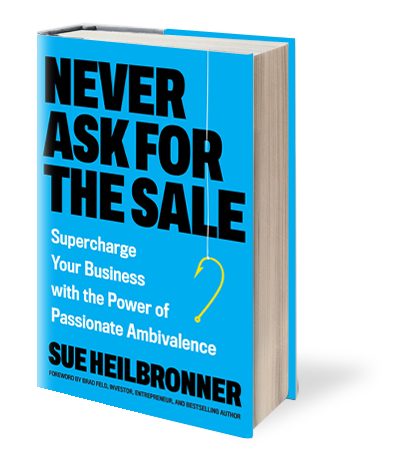“The Economist’s” Unflattering Picture of Executive Leadership Isn’t the Full Story
In a recent article titled “The annoying habits of highly effective people,” The Economist’s Bartleby column balks at the routines of executives like Jeff Bezos and Richard Branson. The article suggests that these routines are not only unattainable, but often infringe upon the lives of more junior staff. The piece also accused leaders of revealing only those habits that cast them in a positive light, avoiding acknowledgements of their vices. I found myself shaking my head through almost the entire article.
The picture Bartleby paints of C-Level executives implies that these successful people live a life of glamour – working less than the average person, enjoying personal time only because of their privilege, and casting their power down on all who fall below them in the hierarchy. My experience flies in the face of this theory. I am not a senior executive but I work with many, and I have seen counter examples demonstrated time and time again.
Boundaries Are Up to Us
Bartleby writes of a fictitious middle manager who may join a gym, “only to find that every time they get on the StairMaster they get a call or an email from someone up the hierarchy.”
Hang on a minute.
We all are responsible for setting our own boundaries. Sure, an email may come in at an inopportune time, but if we all lived at the mercy of our inbox notifications, no one would be able to use discretionary time as we please. Of course, executives are often the ones responsible for creating an environment where their teams feel empowered to set boundaries.
At Leadership Camp and MergeLane, our team values personal boundaries immensely. Sue blocks off her mornings for workouts; Leah only checks email before breakfast; Elizabeth has publicly let go of the conventional schedule and is committed to spending time outside almost every day (including blizzards as a heads-up for those of you about to accept a winter hiking meeting with her). I don’t interpret this as “Executive Privilege,” which was the title of the print version of The Economist article. I see this as the standard those leaders set for their work environment and working relationships. This has given me implicit permission (actually, pretty explicit permission as well) to create my own boundaries. I have put this into practice – notifying my team that I was signing off to go on a trail run or ensuring our meeting ended on time so I could get to a dinner party.
The executive response is key here. If, as in Bartleby’s example, boundary-setting were met with a guilt trip, the environment would not feel conducive to this level of authenticity. But imagine if boundary-setting were met with a response like: “great, have fun.” I’ve actually received a follow up note from Sue hours later asking, “how was your run?” How’s that for creating a spacious environment?
The Executive Veil vs. Authenticity
Bartleby goes on to denounce the saintly, “virtue-signaling” habits that executives choose to reveal, “No boss is going to admit that on Friday nights they consume pizza and watch box sets of ‘Game of Thrones’. Instead they claim to meditate or read improving books.”
First, highly effective people probably do have many habits that contribute to their success. Meditating may allow them to focus in on the most impactful task, self-improvement books may enable them to remain level-headed during moments of tension. But they’re human, too. And it’s scary for all of us to reveal tendencies that could make us look incompetent or irresponsible. It’s only by attempting to reveal that we can experience the other side of that fear: relief.
Suggesting that all leaders conceal their unflattering tendencies is not only inaccurate, it undermines leaders’ ability to show up authentically, without the shield of a “high-performing” persona. At Leadership Camp we reinforce the concept of Candor, or revealing over concealing. We ask meaningful, penetrating questions at the start of our sessions. At one of these check-ins, Sue disclosed a less-than-flattering habit of hers. I remember her saying, “I waste a ton of time in the mornings.” Leaders can be authentic too.
As it turned out, the day I read this article we had a little misstep among our team. An email was sent that shouldn’t have been sent. The chain of events was blurry. It was unclear who made the error that led to the mistake. It also didn’t really matter. The deed was done. But then I got an email from Sue – who holds the role of CEO at MergeLane – a few minutes later. To the entire team she wrote: “I just confirmed in the version history that I indeed made that error. 100% responsibility. It won’t happen again. New process, new learning.”
If Bartleby warns against “taking life lessons from chief executives,” maybe they’re just not looking to the best examples of leadership.
